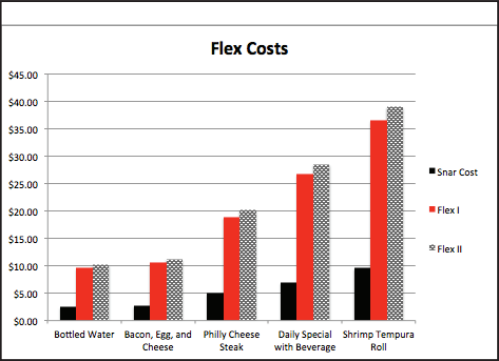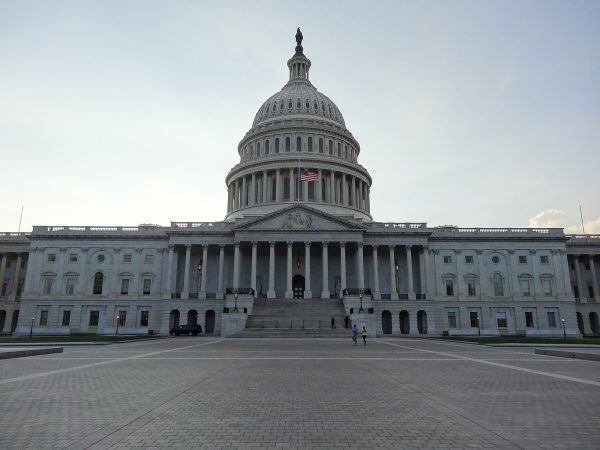The Hidden Costs of Flex

Are you on a flex meal plan and want to know what you are really spending when you make a purchase?
As a senior at Dickinson, I have had the opportunity to experiment with every type of meal plan this school has to offer.
The traditional meal plan was the most appealing when I started at Dickinson. It provided me with a social atmosphere in which I could interact with the rest of the student body and it also allowed me to gorge myself until I felt bloated. As an upperclassman, however, I found myself with less available time to sit down to eat. The logical choice was to select the flexboard meal plan.
Flex plans I and II consist of meal points which can be spent at all on-campus dining options (Cafeteria, SNAR, Quarry, Biblio), supplemented with a declining balance stipend that is often times used for late night snacks at the Devil’s Den. Students on flex I are allotted 700 meal points that possess the value of one dollar per point, as well as $125 of declining balance. Flex II is similar, but 650 points and an additional $25 for declining balance.
At first glance, it is intriguing why the total cost of these meal plans are identical at $2,800, yet flex I has a total purchasing power of $825 compared to flex II at $800.
According to data submitted by Dickinson Dining services, 1,030 out of 2,073 students with a meal plan have a variation of the flex meal plan. To determine the true value of a flex point, however, we can subtract the declining balance credit from the total cost of a flex meal plan in a semester, and then divide that number by the total meal points on each flex plan. What we are left with is the legitimate meal point values, $3.82 and $4.08 per flex point spent for flexboard I and flexboard II, respectively. When you visit the SNAR for lunch and pay $4.45 or 4.45 flex points for a cheeseburger and fries, you are actually paying $17 for the food if you have flexboard I. How about the daily special with the choice of side and beverage? $26.70. Feeling like sushi? Get a shrimp tempura roll for $36.48. Want a bottle of water with that? $9.55.
When we subtract the true value of the flex plan (825 for flex I and 800 for flex II) from the total cost of a meal plan ($2,800), we are left with the actual value of the meal plan: roughly 2,000 when averaging the values of Flex I and Flex II. When we multiply this $2,000 by the 1,030 students who use the plan, the result is $2,060,000 in additional revenue for the school before a single meal has been served each semester.
Errol Huffman, director of Dining Services, clarified that one dollar from the legitimate meal point value is used by the school to pay for food purchases, staff wages and equipment purchases.
“We aren’t a state-funded school or a school with a huge population,” he said. “We can’t have as many dining options that these larger schools can have. But we work to improve the dining options we do have. I work to make sure that, whenever we have a chance to enhance the menu, we will try to.”
According to Huffman, the additional money generated that is not funneled back into dining services is returned to the College General Fund for use by other departments.
Flex is still the most accommodating meal plan offered by Dickinson dining services for busy students; however, it would be a lot more affordable for students to use declining balance or charge it to their account if the school allowed on-campus students to opt out of a meal plan. For now, it serves as an additional component of tuition for our education.




